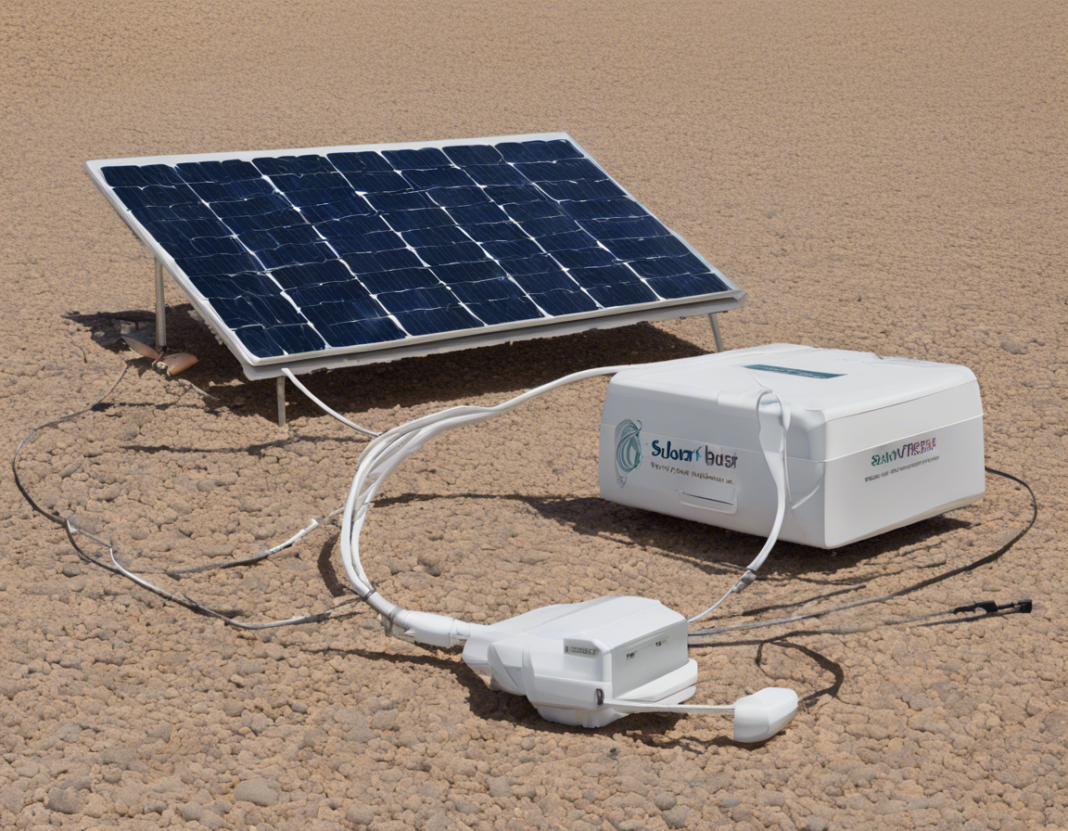Introduction
Solar therapeutics is a fascinating field that explores the utilization of solar energy for healing, treatment, and wellness. The concept of harnessing the power of the sun for therapeutic purposes has been around for centuries and is gaining significant momentum in modern times with advancements in technology and scientific research. In this article, we delve into the world of solar therapeutics, exploring its history, current applications, potential benefits, and future prospects.
History of Solar Therapeutics
The use of sunlight for healing dates back to ancient civilizations such as Egypt, Greece, and India, where sunlight was worshipped for its healing properties. The concept of heliotherapy gained popularity in the 19th century, with physicians prescribing sunlight exposure to treat various ailments. Solariums, specially designed buildings that allowed people to bask in sunlight, were established in many parts of the world.
Current Applications of Solar Therapeutics
In contemporary times, solar therapeutics encompasses a wide range of practices and technologies that leverage solar energy for health and wellness. Here are some notable applications:
-
Phototherapy: Phototherapy involves using specific wavelengths of light for treating skin conditions such as psoriasis, eczema, and vitiligo. Devices like phototherapy lamps emit controlled light to target affected areas of the skin.
-
Solar Water Therapy: Solar water therapy is a traditional practice that involves storing water in containers exposed to sunlight for purification and health benefits. This practice is known for its antibacterial and detoxifying effects.
-
Solariums and Sunrooms: Modern solariums and sunrooms are designed to maximize natural sunlight exposure while providing protection from harmful UV rays. These spaces are used for light therapy, relaxation, and improving mood.
Benefits of Solar Therapeutics
The potential benefits of solar therapeutics are diverse and intriguing. Here are some key advantages:
-
Vitamin D Synthesis: Exposure to sunlight is essential for the production of vitamin D in the body, which plays a crucial role in bone health, immune function, and mood regulation.
-
Pain Relief: Infrared light therapy, a part of solar therapeutics, has shown promise in alleviating pain associated with conditions like arthritis and muscle soreness.
-
Improved Circadian Rhythms: Sunlight exposure helps regulate circadian rhythms, promoting better sleep and overall well-being.
-
Mood Enhancement: Sunlight is known to boost serotonin levels in the brain, which can improve mood and reduce symptoms of depression.
Future Trends in Solar Therapeutics
The future of solar therapeutics looks promising, with ongoing research and innovations driving new applications and technologies. Here are some emerging trends to watch out for:
-
Nanotechnology in Solar Therapy: Nanoparticles that harness solar energy for targeted therapy are being developed for treating cancer and other diseases.
-
Solar-Powered Health Devices: Wearable devices and implants powered by solar energy are being explored for continuous health monitoring and treatment.
-
Solar-Powered Medical Facilities: Off-grid medical facilities powered by solar energy are addressing healthcare challenges in remote and underserved areas.
FAQs – Frequently Asked Questions
Q: Can sunlight really improve skin conditions like acne?
A: While moderate sunlight exposure may have beneficial effects on acne due to its anti-inflammatory properties, excessive exposure can worsen the condition and cause skin damage.
Q: Is solar therapy safe for all skin types?
A: Solar therapy should be approached with caution, especially for sensitive skin types. Consulting a healthcare provider or dermatologist is recommended before starting any solar therapy regimen.
Q: How does phototherapy work for treating skin conditions?
A: Phototherapy uses specific wavelengths of light to target skin cells and reduce inflammation associated with conditions like psoriasis and eczema.
Q: Are there any potential risks of solar therapeutics?
A: Potential risks of solar therapeutics include skin damage from excessive UV exposure, eye damage, and interference with certain medications. Consulting a healthcare provider is advised.
Q: Can solar therapeutics help with mental health conditions like depression?
A: Sunlight exposure is linked to improving mood and reducing symptoms of depression through its effects on serotonin levels in the brain. Consulting a mental health professional is recommended for comprehensive treatment.
In conclusion, solar therapeutics represents an exciting intersection of technology, medicine, and natural healing. As research and innovations in this field advance, the potential for solar energy to transform healthcare and wellness practices is immense. Embracing the power of the sun for healing opens up new possibilities for improving health and quality of life.
